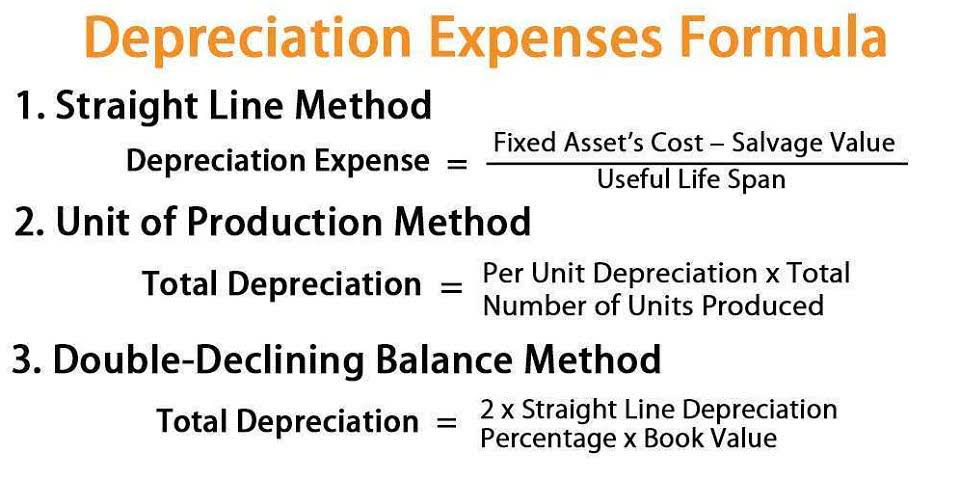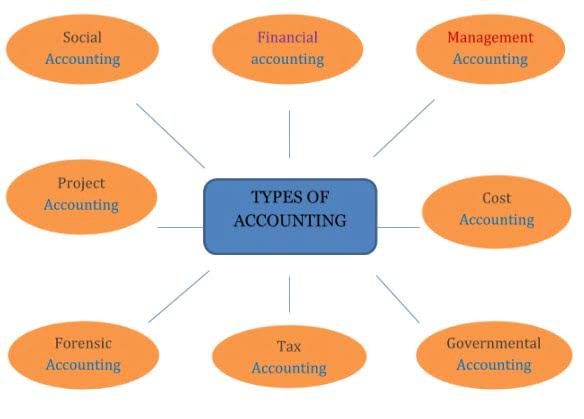
Some companies’ balance sheets list the common shares outstanding straight out. If that’s the case, congratulations, you don’t need to do any calculations. But usually you will need to pull several numbers from the balance sheet in order to calculate the total outstanding shares formula. The balance sheet is a financial statement issued by the company that provides a full accounting of the company’s assets, liabilities, and shareholder’s equity at a particular moment in time. In other words, the balance sheet is a snapshot of what a company owns, what it owes, and the total amount that has been invested by shareholders. Outstanding shares are the aggregate number of shares that a corporation has issued to investors.
- If that event occurs on, say, December 15th of the year, it can distort the company’s apparent number of shares outstanding for the year.
- It’s important to note that outstanding shares do not include treasury stock, which are shares that were once owned by investors that a corporation has repurchased.
- The outstanding stock is equal to the issued stock minus the treasury stock.
- A company’s shares outstanding are the total number of shares issued by a company.
- Here, the balance sheet reports 8,019 million shares issued and 3,901 million treasury shares, as of September 30, 2022.
Weighted Average of Outstanding Shares
Shares outstanding refers to the number of shares of common stock a company has issued to investors and company executives. The number is used to calculate many common financial metrics, such as earnings per share (EPS) and market capitalization. Diluted shares include the effect of contracts or products the company has issued, which could result in new shares being issued in the future. The basic shares outstanding is the starting point when calculating the diluted shares outstanding.
- Although they both refer to all classes of a company’s common stock (as opposed to preferred stock), these two metrics are inherently different.
- A company could issue new shares, buy back shares, retire existing shares, or even convert employee options into shares.
- These are called “treasury shares” and are not included in the balance.
- All such information is provided solely for convenience purposes only and all users thereof should be guided accordingly.
- When the number of outstanding shares is changed by a stock dividend or split, the firm’s earning power is not affected.
- The weighted average is a mean value calculated by averaging each quantity against an assigned weighting to determine the relative importance of each quantity.
- Once you’ve located the number of treasury stocks, write it down for your calculations.
Thanks to the SEC, common stock outstanding is straightforward to calculate
Assuming all option holders exercise, Company A would issue 10 million shares. With the $50 million in cash, in theory it could instantly repurchase 5 million shares at $10 each. Authorized shares, meanwhile, are the maximum number of shares a company can issue, based on its corporate charter. These statements are available on companies’ investor relations pages or the SEC website. The information is also available on https://x.com/BooksTimeInc stock data websites like Stock Analysis.

How to calculate outstanding shares

Hence, one can make safer choices and avoid getting trapped in manipulative stocks by knowing about outstanding shares and ultimately avoid blowing their capital. Investors may choose to use weighted averages if they have compiled a position in a particular stock over a period. Given continuously changing stock prices, the investor will calculate a weighted average of the share price paid for the shares. Shares outstanding and weighted average shares are both numbers that can help an investor understand how well a company performs over time. Explore how corporations authorize and calculate issued shares through market cap and balance sheet methods. Weighted average shares outstanding is the process of weighting every number of common stock to reflect how much time they were in https://www.bookstime.com/ effect.
- Let’s go through the terms shares and float so that next time you come across them, you will know their significance.
- Get stock recommendations, portfolio guidance, and more from The Motley Fool’s premium services.
- These companies aggressively fund their growth by using convertible debt and paying employees with stock incentives.
- The number of shares outstanding increases whenever a company undertakes a stock split.
- This adjustment is made if the split or dividend occurs during the year or even after the year-end.
Let us understand the different types of outstanding shares equation through the explanation below. Outstanding shares are the shares in the hands of the public, executives and employees. They are the number of shares actually owned by the company’s shareholders.

The number of treasury shares held by companies is reported in the treasury stock account. In May 2021, technology company Nvidia announced it would initiate a four-for-one stock split—its fifth split since the company went public in 1999—of its common stock. The board of directors decided this would make ownership more accessible to potential investors and employees. As a result, each Nvidia stockholder on record by June 21, 2021, received a dividend of three additional shares of common stock for every share held on the record date. Outstanding shares are the total number of shares of a public company that are traded on the secondary market.
Get in Touch With a Financial Advisor
- Here, if you think the number of outstanding shares is 800, you are right.
- It will, therefore, miss shares that have been issued but are not outstanding, such as treasury stock.
- Companies that have publicly traded stocks in the United States are required to file public financial disclosures to the Securities and Exchange Commission (SEC) which include the company’s balance sheet.
- Authorized shares, meanwhile, are the maximum number of shares a company can issue, based on its corporate charter.
- But for mature companies with relatively little movement in share count (either basic or diluted), quarterly and annual data from public sources should easily suffice for solid fundamental analysis.
While outstanding shares are a determinant of a stock’s liquidity, the latter is largely dependent on its share float. A company may have 100 million shares outstanding, but if 95 million of these shares are held by insiders and institutions, the float of only five million may constrain the stock’s liquidity. Weighted average shares outstanding is used as a substitute for the number of outstanding shares in some equations while calculating important financial ratios. The figure for number of outstanding shares does not include any treasury stock. Activision Blizzard has reported the number of basic shares outstanding on the front page of its form 10-K. Basic shares outstanding can be sourced from multiple places in a company’s calculate number of shares outstanding financial statements.


Like a company’s outstanding shares, a company’s float also changes on a consistent basis. Conversely, outstanding stocks will decrease if a firm completes a share buyback or a reverse stock split (consolidating a corporation’s shares according to a predetermined ratio). As a result, it decreases the number of outstanding stocks in the public and increases the amount of treasury shares.